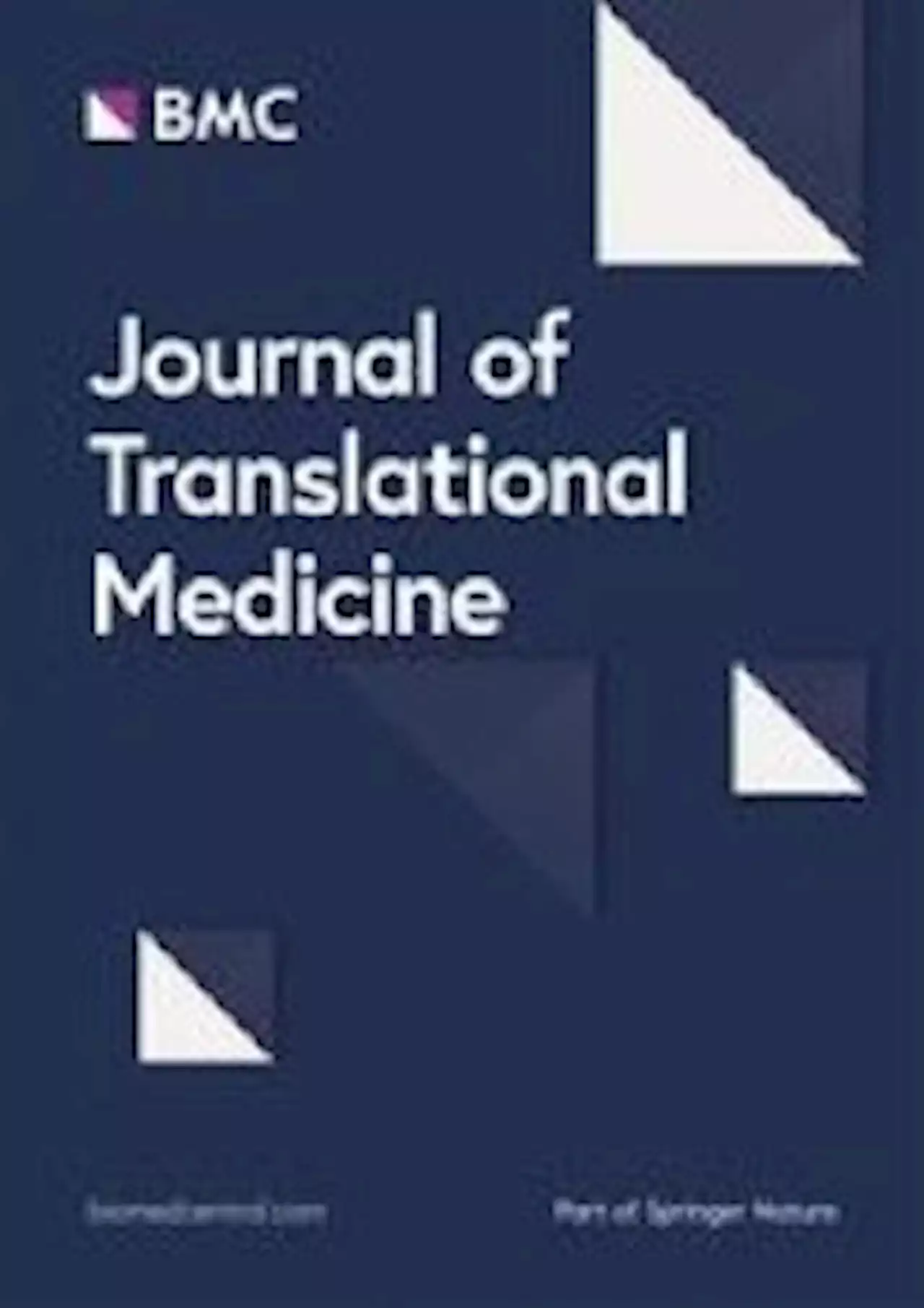\n\t\t\tKeep abreast of significant corporate, financial and political developments around the world.\n\t\t\tStay informed and spot emerging risks and opportunities with independent global reporting, expert\n\t\t\tcommentary and analysis you can trust.\n\t\t
During your trial you will have complete digital access to FT.com with everything in both of our Standard Digital and Premium Digital packages.
Standard Digital includes access to a wealth of global news, analysis and expert opinion. Premium Digital includes access to our premier business column, Lex, as well as 15 curated newsletters covering key business themes with original, in-depth reporting. For a full comparison of Standard and Premium Digital,Change the plan you will roll onto at any time during your trial by visiting the “Settings & Account” section.
You may also opt to downgrade to Standard Digital, a robust journalistic offering that fulfils many user’s needs. Compare Standard and Premium DigitalAny changes made can be done at any time and will become effective at the end of the trial period, allowing you to retain full access for 4 weeks, even if you downgrade or cancel.
United Kingdom Latest News, United Kingdom Headlines
Similar News:You can also read news stories similar to this one that we have collected from other news sources.
What is the prevalence of COVID-19 detection by PCR among deceased individuals in Lusaka, Zambia? A postmortem surveillance studyObjectives To determine the prevalence of COVID-19 postmortem setting in Lusaka, Zambia. Design A systematic, postmortem prevalence study. Setting A busy, inner-city morgue in Lusaka. Participants We sampled a random subset of all decedents who transited the University Teaching Hospital morgue. We sampled the posterior nasopharynx of decedents using quantitative PCR. Prevalence was weighted to account for age-specific enrolment strategies. Interventions Not applicable—this was an observational study. Primary outcomes Prevalence of COVID-19 detections by PCR. Results were stratified by setting (facility vs community deaths), age, demographics and geography and time. Secondary outcomes Shifts in viral variants; causal inferences based on cycle threshold values and other features; antemortem testing rates. Results From 1118 decedents enrolled between January and June 2021, COVID-19 was detected among 32.0% (358/1116). Roughly four COVID-19+ community deaths occurred for every facility death. Antemortem testing occurred for 52.6% (302/574) of facility deaths but only 1.8% (10/544) of community deaths and overall, only ~10% of COVID-19+ deaths were identified in life. During peak transmission periods, COVID-19 was detected in ~90% of all deaths. We observed three waves of transmission that peaked in July 2020, January 2021 and ~June 2021: the AE.1 lineage and the Beta and Delta variants, respectively. PCR signals were strongest among those whose deaths were deemed ‘probably due to COVID-19’, and weakest among children, with an age-dependent increase in PCR signal intensity. Conclusions COVID-19 was common among deceased individuals in Lusaka. Antemortem testing was rarely done, and almost never for community deaths. Suspicion that COVID-19 was the cause of deaths was highest for those with a respiratory syndrome and lowest for individuals |19 years. Data are available upon reasonable request.
Read more »
China stops counting asymptomatic cases as Covid crisis deepens\n\t\t\tKeep abreast of significant corporate, financial and political developments around the world.\n\t\t\tStay informed and spot emerging risks and opportunities with independent global reporting, expert\n\t\t\tcommentary and analysis you can trust.\n\t\t
Read more »
 China Reduces COVID Case Reporting as the Virus SurgesAs China relaxes its strict zero-COVID policy, with mass testing no longer obligatory, it has grown more difficult to gauge the true number of cases
China Reduces COVID Case Reporting as the Virus SurgesAs China relaxes its strict zero-COVID policy, with mass testing no longer obligatory, it has grown more difficult to gauge the true number of cases
Read more »
 China To Stop Reporting Comprehensive Covid Data | OilPrice.comChina is continuing to relax its Covid measures, announcing on Wednesday that it will stop reporting data on all covid cases
China To Stop Reporting Comprehensive Covid Data | OilPrice.comChina is continuing to relax its Covid measures, announcing on Wednesday that it will stop reporting data on all covid cases
Read more »
![]() China bins its COVID tracking appTracked location and kept records of phone calls, and determined ability to travel. Which China will keep doing with other tech, for other reasons
China bins its COVID tracking appTracked location and kept records of phone calls, and determined ability to travel. Which China will keep doing with other tech, for other reasons
Read more »
 Brain fog of post-COVID-19 condition and Chronic Fatigue Syndrome, same medical disorder? - Journal of Translational MedicineBackground Myalgic Encephalomyelitis/Chronic Fatigue Syndrome (ME/CFS) is characterized by persistent physical and mental fatigue. The post-COVID-19 condition patients refer physical fatigue and cognitive impairment sequelae. Given the similarity between both conditions, could it be the same pathology with a different precipitating factor? Objective To describe the cognitive impairment, neuropsychiatric symptoms, and general symptomatology in both groups, to find out if it is the same pathology. As well as verify if the affectation of smell is related to cognitive deterioration in patients with post-COVID-19 condition. Methods The sample included 42 ME/CFS and 73 post-COVID-19 condition patients. Fatigue, sleep quality, anxiety and depressive symptoms, the frequency and severity of different symptoms, olfactory function and a wide range of cognitive domains were evaluated. Results Both syndromes are characterized by excessive physical fatigue, sleep problems and myalgia. Sustained attention and processing speed were impaired in 83.3% and 52.4% of ME/CFS patients while in post-COVID-19 condition were impaired in 56.2% and 41.4% of patients, respectively. Statistically significant differences were found in sustained attention and visuospatial ability, being the ME/CFS group who presented the worst performance. Physical problems and mood issues were the main variables correlating with cognitive performance in post-COVID-19 patients, while in ME/CFS it was anxiety symptoms and physical fatigue. Conclusions The symptomatology and cognitive patterns were similar in both groups, with greater impairment in ME/CFS. This disease is characterized by greater physical and neuropsychiatric problems compared to post-COVID-19 condition. Likewise, we also propose the relevance of prolonged hyposmia as a possible marker of cognitive deterioration in patients with post-COVID-19.
Brain fog of post-COVID-19 condition and Chronic Fatigue Syndrome, same medical disorder? - Journal of Translational MedicineBackground Myalgic Encephalomyelitis/Chronic Fatigue Syndrome (ME/CFS) is characterized by persistent physical and mental fatigue. The post-COVID-19 condition patients refer physical fatigue and cognitive impairment sequelae. Given the similarity between both conditions, could it be the same pathology with a different precipitating factor? Objective To describe the cognitive impairment, neuropsychiatric symptoms, and general symptomatology in both groups, to find out if it is the same pathology. As well as verify if the affectation of smell is related to cognitive deterioration in patients with post-COVID-19 condition. Methods The sample included 42 ME/CFS and 73 post-COVID-19 condition patients. Fatigue, sleep quality, anxiety and depressive symptoms, the frequency and severity of different symptoms, olfactory function and a wide range of cognitive domains were evaluated. Results Both syndromes are characterized by excessive physical fatigue, sleep problems and myalgia. Sustained attention and processing speed were impaired in 83.3% and 52.4% of ME/CFS patients while in post-COVID-19 condition were impaired in 56.2% and 41.4% of patients, respectively. Statistically significant differences were found in sustained attention and visuospatial ability, being the ME/CFS group who presented the worst performance. Physical problems and mood issues were the main variables correlating with cognitive performance in post-COVID-19 patients, while in ME/CFS it was anxiety symptoms and physical fatigue. Conclusions The symptomatology and cognitive patterns were similar in both groups, with greater impairment in ME/CFS. This disease is characterized by greater physical and neuropsychiatric problems compared to post-COVID-19 condition. Likewise, we also propose the relevance of prolonged hyposmia as a possible marker of cognitive deterioration in patients with post-COVID-19.
Read more »